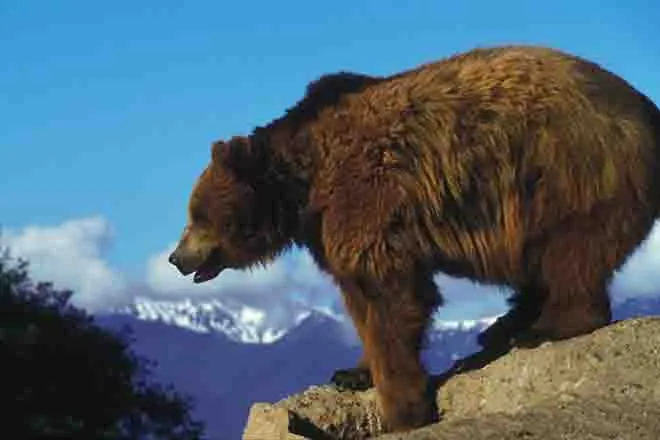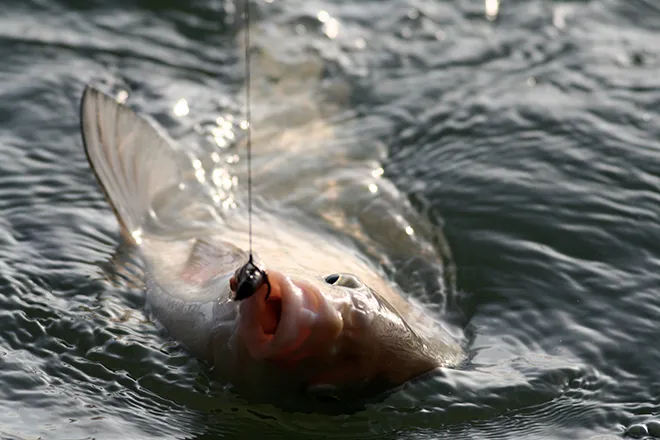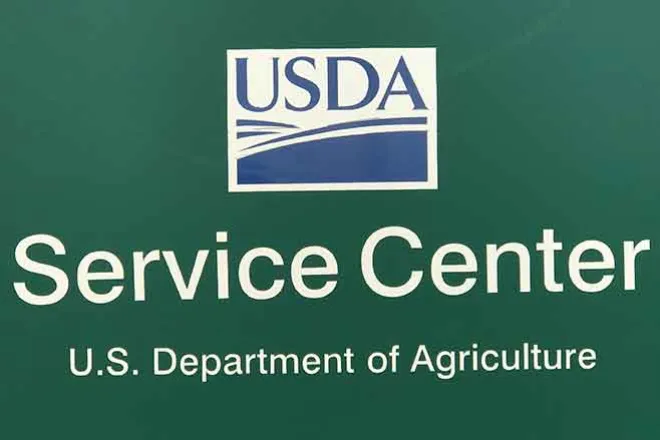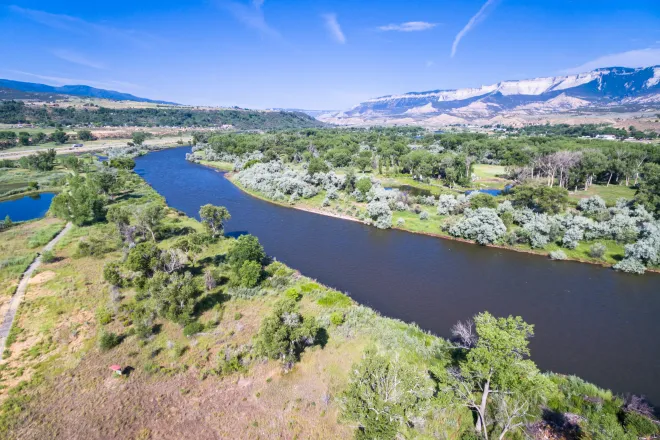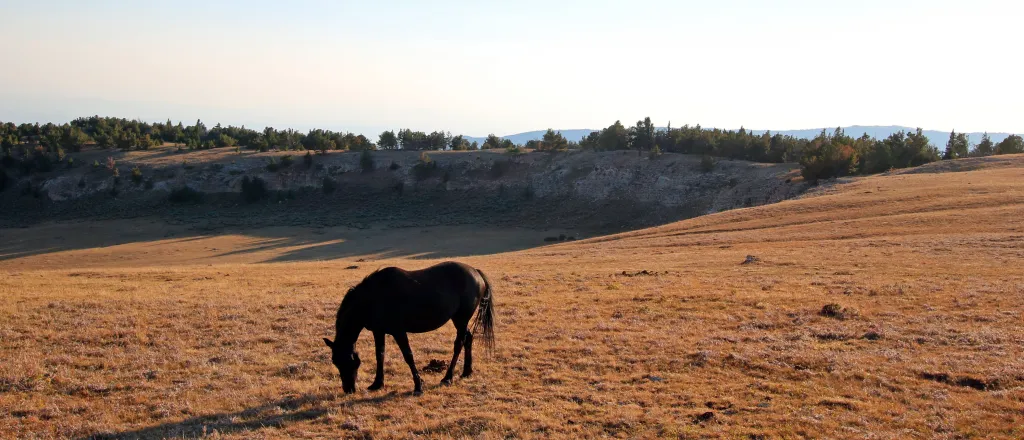
BLM's Wyoming proposal draws ire from some lawmakers
Click play to listen to this article.
(Wyoming News Service) The U.S. Bureau of Land Management's draft plan to manage lands owned by all Americans in southwestern Wyoming has come under fire from some lawmakers.
Rep. Harriet Hageman, R-Wyo., claimed the plan to increase protections on 3.6 million acres -- including sections of the Red Desert -- would "prohibit and bar all access, management and use of vast swaths of federal land."
Kaycee Prevedel, public lands and wildlife organizer for the Wyoming Chapter of the Sierra Club, countered it is not actually what the BLM is proposing.
"Large swaths of lands that are protected from development, that is still all open to the public," Prevedel pointed out. "You can still hike and bike and recreate there."
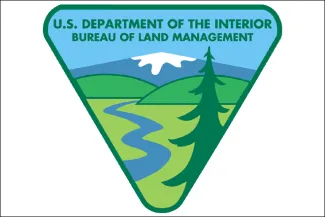
The draft plan would limit energy development on some parcels, which could explain why Sen. John Barrasso, R-Wyo., called the plan an attack on the Wyoming way of life, according to a High Country News report.
Rep. Bill Allemand, R-Casper, urged Gov. Mark Gordon to stop what he described as a "state-killing" plan affecting more people than the Civil War, Pearl Harbor and 9-11 combined. The public can weigh in through Jan. 17.
The plan does not affect hundreds of existing oil and gas wells. It allows for additional drilling on 1.4 million acres, and provides nearly 2 million acres each for oil shale, trona and hard rock mining. Prevedel noted Wyomingites have always treasured the state's beautiful landscapes and wildlife.
"Having open, natural places without development, that truly is the Wyoming way of life," Prevedel asserted. "We don't need to develop everywhere, there should be some places that are left untouched."
Prevedel argued the BLM is just doing its job, managing lands for conservation and development, as required under the 1976 Federal Land Policy Management Act. She added protecting the Red Desert is also important because many indigenous communities have deep connections to this living cultural landscape.
"We're happy to see that the draft management plan is consulting with tribes and making sure the local tribes -- Northern Arapaho and Eastern Shoshone -- have a say in how culturally significant landscapes are managed," Prevedel emphasized.







